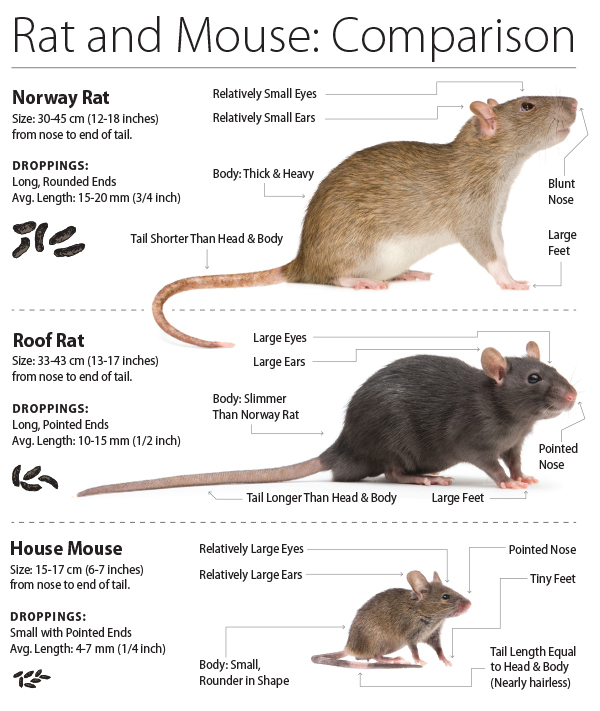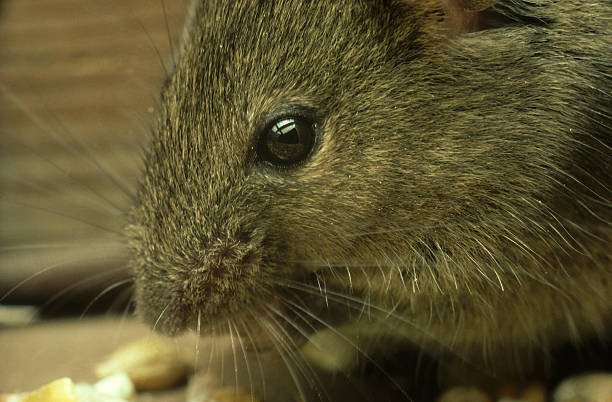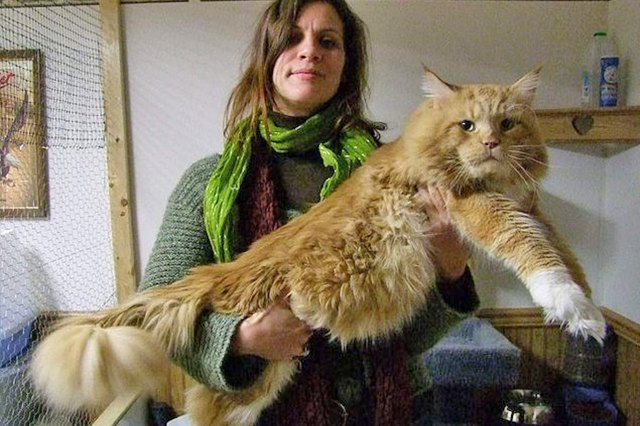Table Of Content

Field mice and house mice have different life spans and reproductive capacities. Field mice typically live for about 1-2 years in the wild, while house mice have a slightly shorter lifespan of around 1 year. In terms of reproductive capacity, field mice have the ability to produce multiple litters per year, with each litter consisting of around 4-7 pups.
Differences: Field Mice Vs. House Mice
The last factor that can help you determine whether you’re dealing with a house mouse or a field mouse is to look at the droppings and urine they leave behind. Field mice or deer mice usually have droppings with pointed ends, while house mice droppings typically resemble a grain of rice. A house mouse also tends to have urine that has a strong, ammonia-like odor.

Field Mice vs. House Mice: 6 Key Differences
We prefer live traps and relocating the mice to a state park far from any houses they could re-infest. If you choose this route, check the traps daily to prevent the mice you catch from dying. Although the house mouse is most likely to cause an infestation, two other species are also known to nest inside houses, especially during the winter. Although they prefer grain-based products, they’ll eat virtually anything humans eat.
Prevention and control methods
How to Control Wild Rodent Infestations Healthy Pets, Healthy People CDC - CDC
How to Control Wild Rodent Infestations Healthy Pets, Healthy People CDC.
Posted: Tue, 03 Jan 2023 08:00:00 GMT [source]
Field mice have a gestation period of around 19 to 21 days, while house mice have a slightly shorter gestation period of about 19 to 20 days. It is important to note that these timeframes can vary depending on various factors such as environmental conditions and the health of the individual mice. Additionally, field mice tend to have larger litters compared to house mice, with an average of 5 to 10 pups per litter. On the other hand, house mice typically have smaller litters, with an average of 3 to 14 pups per litter.
Where I live in California, mice are considered a major hazard. It’s not just for what they do inside houses, which is problematic enough, but also for what they do to cars. My friend recently spent more than $2,000 to repair her mouse-infested car for the second time in three years. The mice made nests inside the air vents, chewed through wires and, of course, left droppings and debris everywhere. Field mice are gray or brown with a white underbelly and feet. They are a more commonly seen mouse, and they can climb, jump, swim, and chew their way into just about any structure found in and around your home.
A Note About Endangered Species…
This mammal is unpopular with people because it eats household items such as glue, paper and soap. House mice can give birth to around five to eight litters a year, with an average of six young in each litter. When house mice are born their eyes are temporary closed and their bodies are completely hairless. The babies rely completely on their mother’s care for survival.
Overview of house mice and field mice
Diseases carried by house mice and field mice can pose a serious threat to human health. House mice are known to carry diseases such as salmonella, hantavirus, and leptospirosis, which can be transmitted through their urine, feces, and saliva. House mice are opportunistic eaters and will consume almost anything they can find in a human dwelling, including grains, seeds, fruits, vegetables, and even meat. They are also known to eat paper, cardboard, and insulation materials. On the other hand, field mice primarily feed on seeds, nuts, and grains found in fields and meadows.
Nesting Difference Between a Field Mouse and a House Mouse
When mouse feces crumble, dust from the droppings becomes airborne. In the case of field mouse droppings that crumble, if the rodent is infected with the hantavirus, the virus itself becomes airborne along with the dust. A human can breath in the contaminated dust and become infected with the hantavirus. They have quite short tails, which are hairless, and their fur is typically brown or gray in hue, with white or lightly-colored bellies, legs, and feet. On the other hand, deer mice are prone to stocking up on any crumbs or seeds they find.
But when the going gets tough, all types of mice seek food, shelter and the warmth of homes. The bad thing is, that it’s much harder to notice a field mouse infestation. Their nest doesn’t smell, they don’t get out during the day, only at night, and they may not even feed on your food supply. This species poses more danger to commercial properties and storage facilities but will infest homes as well on rare occasions.
On the other hand, house mice often have a lighter fur color, ranging from light brown to gray. Controlling field mice and house mice infestations requires a combination of proactive measures and targeted treatments. One of the most effective methods is to eliminate potential entry points by sealing cracks and gaps in the foundation, walls, and windows. Additionally, keeping the surrounding area clean and free of food sources can help deter mice from entering the premises.
Field mice, on the other hand, have smaller ears and longer tails. Their ears are more pointed and less noticeable, while their tails are bushy and furry. These differences in ear and tail shape are adaptations that help each species survive in their respective environments. House mice need to be able to hear and navigate their way through human-made structures, while field mice need to be able to sense danger and move quickly through grassy fields.
An additional thought, there are a lot of protected animals in the state of Virginia. If you have mice or other wildlife animals on your property and don’t know every protected animal, then you may want to call someone who does. In fact, a few mice are on the endangered list and others that are going that way as well.
For that reason, it’s helpful to be able to tell them apart, so you know exactly what kind of mouse issue you’re dealing with, if these pesky rodents enter your property. Mice, regardless of the variety, are probably not the friends you want moving into your home. Contact a local pest control professional to ensure your home stays mouse-free. Since 1880, Wilson® has offered really effective home and garden pest control solutions to help homeowners enjoy their living environment with complete peace of mind. Besides, the pest experts at James River Pest Solutions will come out to remove the mice from your Virginia home. Of course, you’ll need to get off the table to let them in the door.
The Virginia Department of Wildlife Resources Species Profile Database serves as a repository of information for Virginia’s fish and wildlife species. The database is managed and curated by the Wildlife Information and Environmental Services (WIES) program. This product is not suitable for legal, engineering, or surveying use.

No comments:
Post a Comment